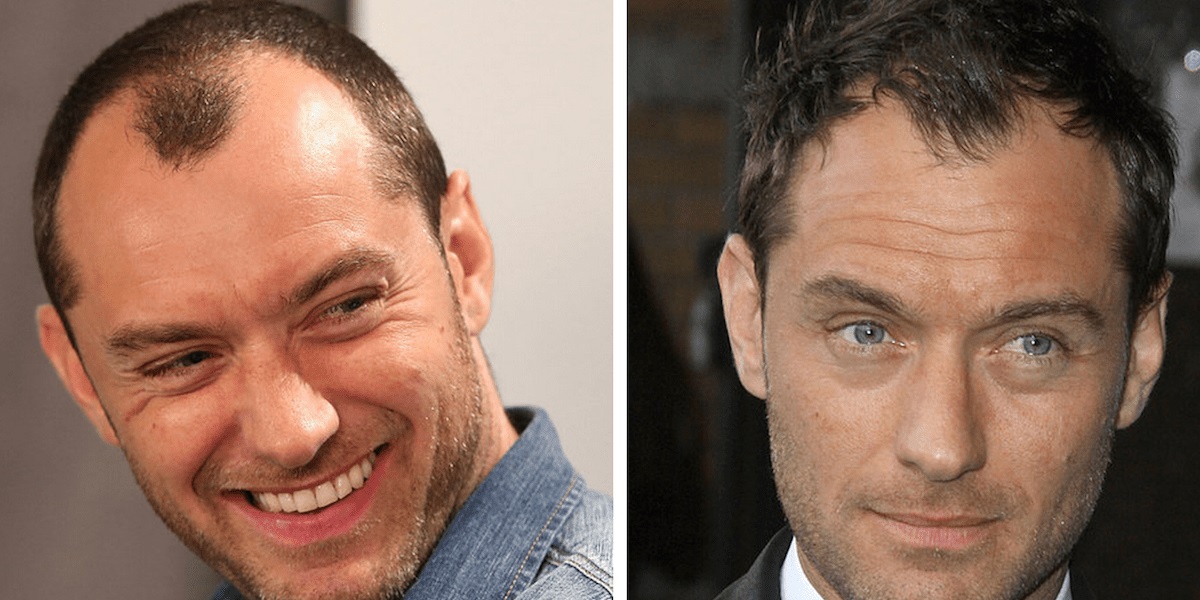This is a basic post regarding just how modern hair transplantation deals with a little review of the background of hair restoration to recognize how much I have come today. When a number of my individuals come to see me they are merely perplexed concerning how a hair transplant works and what they will require to do to maintain their outcome with time. Allow’s return to the start. Back in 1939 and 1942, Okuda and Tamura in Japan found out that hairs transplanted from the rear of the head to recreate pubic hair loss would survive and grow Because of public bathing routines in Japan and a condition of condition in young Asian ladies who experienced pubic hair loss, this type of hair transplant confirmed to be a vital step in understanding that hairs transplanted from one location of the body to another would thrive and endure.
Nevertheless, it was not until the well known New York skin doctor Norman Orentreich in the 1950s did we understand that hairs moved from the rear of the head to the front of the head where there is baldness would certainly not be shed gradually like the original hairs there. He called this phenomenon donor supremacy implying that the hairs moved from the back of the head to a location of genetic vulnerability for loss of hair would certainly keep the features of the benefactor hair and not be shed in time. This was the great development we needed to understand that results would continue to endure regardless of being hair transplanted into an area that was inclined toward loss of hair.

If you wonder then why are hairs in the rear of the head not vulnerable to loss of hair? Well, that only God recognizes Hair Transplant in Toronto. It is the case. Think of the baldest man that you know (who has not shaved off the hair on the back of his head). He still has a spot of hair back there. Even the baldest man has a kept horseshoe of hair in the rear of the head. The only technique when performing a hair transplant after that is to know what location is secure for transplant, i.e., what area with time will certainly not be lost when the individual comes to be older. That is one significant reason transplanting an individual at 20 years of age can be problematic. We simply do not understand how much hair in the rear of the head will certainly not fall out with time. And also, we may just run out of contributor hair to hair transplant the front of the head and maintain a natural result as more hairs (that were not hair transplanted) fall out as one ages.
Categories: Health